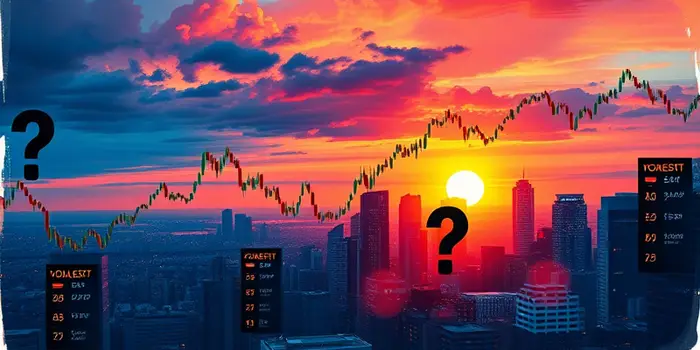
The 2025 earnings season looms large as investors brace for a familiar pattern: spikes in volatility indices that quantify market uncertainty. After two years of stellar equity returns, this period challenges traders and long-term holders alike to navigate potential turbulence.
Understanding why these indices react strongly ahead of quarterly reports can empower market participants to make more informed decisions and manage risk effectively.
In the weeks preceding earnings releases, implied volatility often climbs, reflecting the market’s collective unease. This phenomenon stems from companies disclosing performance that can deviate significantly from consensus expectations.
When results surprise—either positively or negatively—underlying stock prices can gap sharply, driving broad shifts in market measures of expected volatility.
The 2025 environment exhibits both elevated realized dispersion and heightened implied dispersion. Late January saw the S&P 500 Dispersion Index (DSPX) reach a record live high, underscoring the unpredictability of individual stock outcomes.
This idiosyncratic behavior means that earnings surprises at one large-cap firm may not foreshadow similar moves across its peers, reducing correlation and magnifying the impact on volatility measures.
Options pricing models incorporate these dynamics, with implied volatility (IV) rising further than historical volatility (HV) in anticipation of earnings-related gaps. As a result, strategies like straddles and strangles become more expensive just when traders most need them.
The broader landscape adds layers of uncertainty. With one party controlling the U.S. presidency and both chambers of Congress, policy changes on tax, trade, and energy remain in flux. Such unpredictability can exacerbate market sensitivity to corporate results.
Meanwhile, the 10-year Treasury yield hovering around 4.28% signals interest rate uncertainty, prompting equity valuations to react sharply to inflation and deficit financing news.
Geopolitical risks—from state-based conflicts to extreme weather events—further compound volatility. The World Economic Forum identified armed conflicts and climate shocks as significant concerns for global investors in 2025.
Different market participants adopt varied approaches to navigate earnings volatility:
As of late June 2025, U.S. equities sit near all-time highs, with the S&P 500 at 6,173 and the NASDAQ at 20,273, each up roughly 5.0% year-to-date. Despite these gains, traders express caution:
Option volumes have surged in the run-up to Q2 earnings, and implied volatility curves show a pronounced term structure spike in August expirations. Institutions are hedging core equity exposure, while retail activity ramps up around high-profile tech names.
*Approximate figure based on recent volatility trends
For those seeking to navigate this period of elevated risk, consider the following steps:
By combining a clear understanding of volatility mechanics with disciplined execution, investors can transform earnings stress into strategic opportunity. The 2025 backdrop may be more complex than usual, but armed with data, structured strategies, and patience, market participants can navigate the season ahead with confidence.
References













